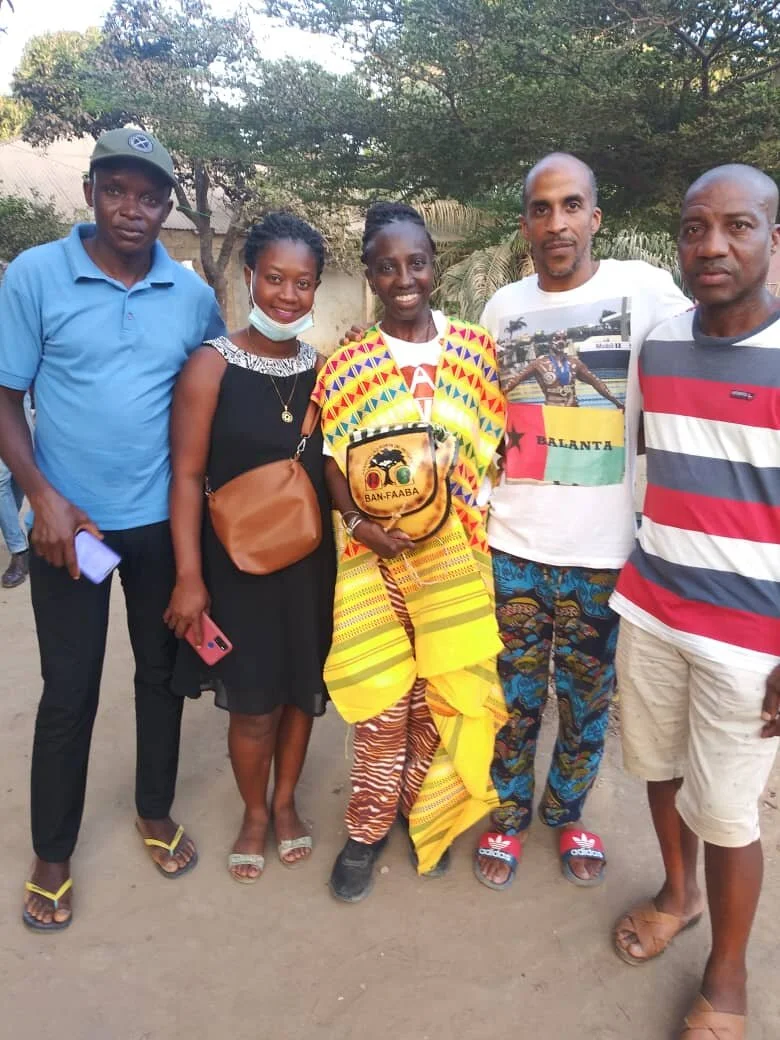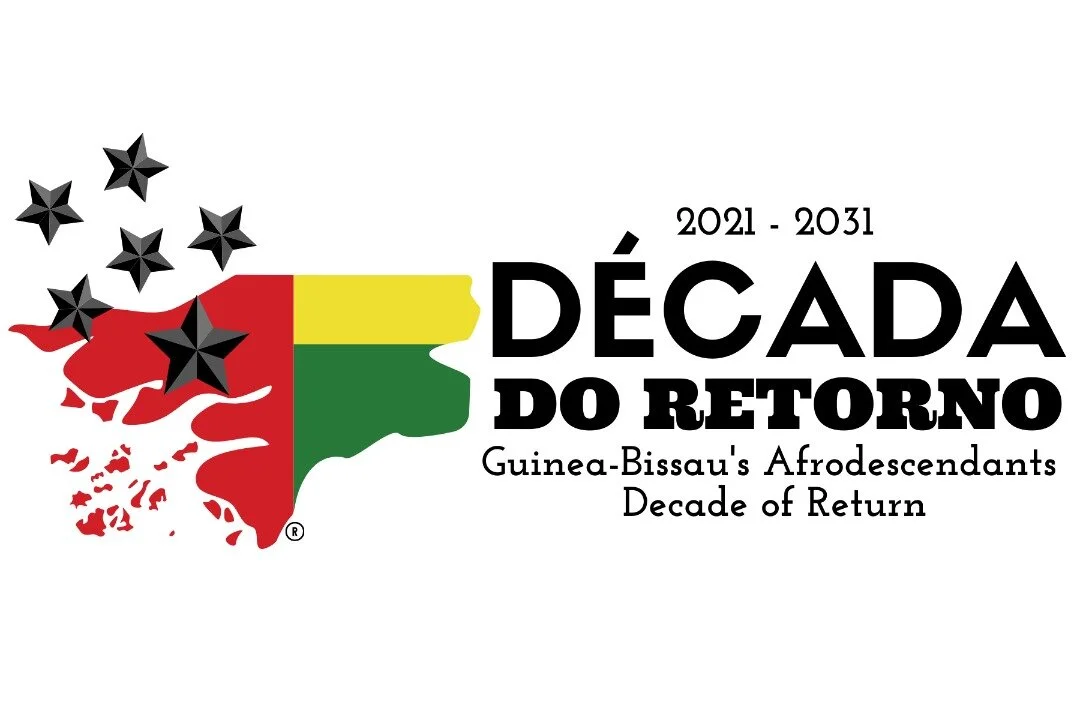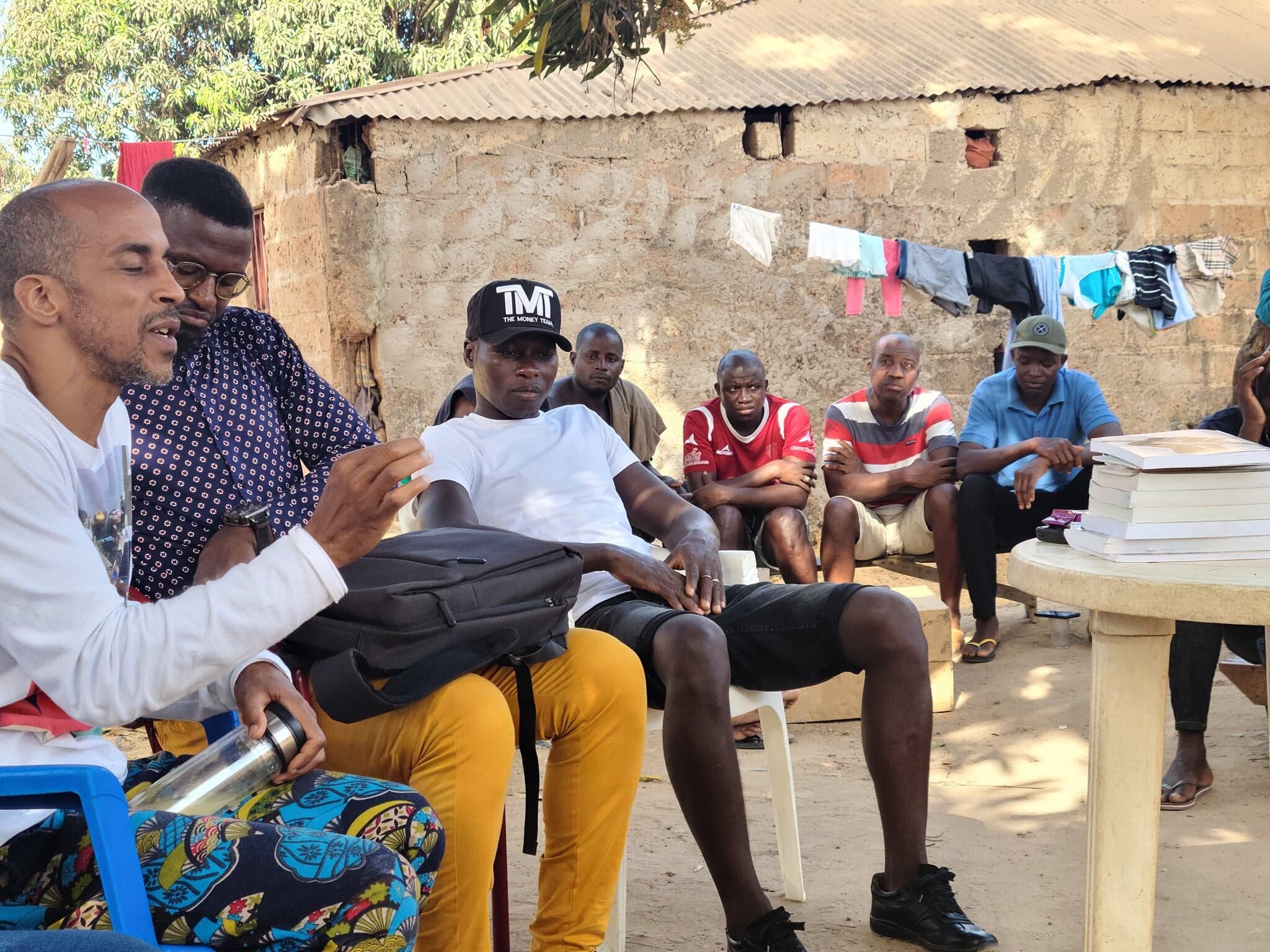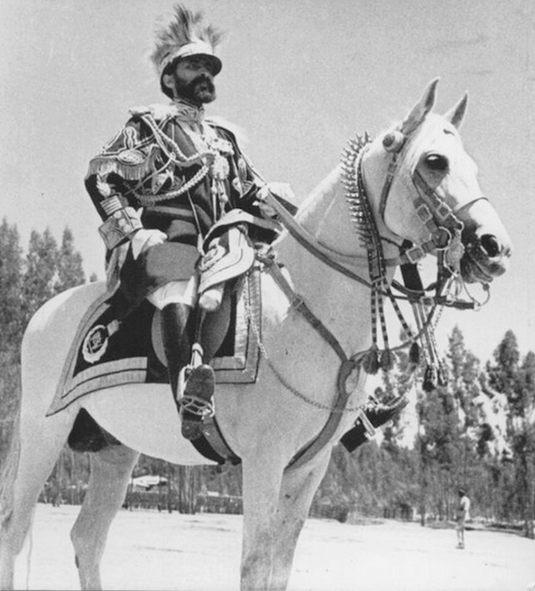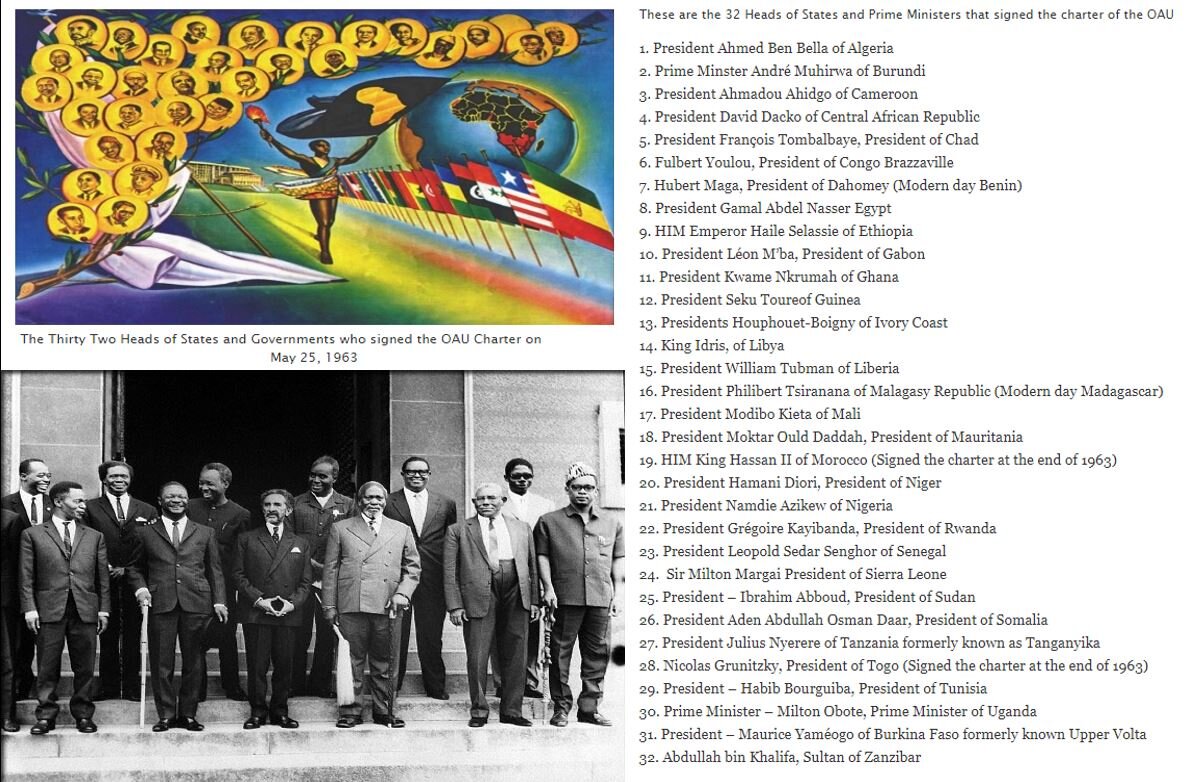Where did Howell learn the "tenants" of the "Ras Tafarites"? In the United States from Redding, Webb, Ford, Rogers, Ballentine, and Garvey.
What were the first tenets of the Ras Tafarites?
acceptance of Ethiopian identity (Rogers 1917, Redding 1919)
rejection of white supremacy (Holmes 1917, Rogers 1917, Redding 1919)
use of biblical prophecy (Redding, Rogers, Webb 1919,)
recognition of messianic, Universal Black King (Webb 1919)
pledge of allegiance to the Government of Ras Tafari (Redding 1919)
use of picture of Ras Tafari (Redding 1919, Ford 1930)
physical return to Ethiopia for the purpose of building Ethiopian Empire (Delany 1836, Alexander 1908, Redding 1919)
use of Ethiopian flags and parades (Redding 1919, Rogers 1919)
martyrdom in defense of Ethiopian freedom (Redding 1919)
organization for Repatriation to Ethiopia (Delany 1836, Redding 1919)
On September 2, 1924 Garvey and the UNIA forwarded a Petition of Four Million Negroes of the United States of America to His Excellency the President of the United States Praying for a Friendly and Sympathetic Consideration of the Plan of Founding a Nation in Africa for the Negro People, and to Encourage Them in Assisting to Develop Already Independent Negro Nations as a Means of Helping to Solve the Conflicting Problems of Race.
That same year, Garvey starts the Black Cross Navigation and Trading Co. while in Ethiopia, Ras Tafari established a school for freed slaves, issued another decree banning slavery on March 31, and set up Bureaus to supervise the abolition of slavery in Ethiopia. Ras Tafari also established in Ethiopia schools with foreign languages and built hospitals with his private money. He encouraged the United States to open an Embassy in Ethiopia.
In the summer of 1928, Garvey traveled to Geneva to the League of Nations to renew his petition filed on July 26, 1922. Then, on October 7, 1928, Ras Tafari was crowned Negus, King of Ethiopia in fulfilment of Biblical prophecy and the prophecy of Reverend Webb. Negus Tafari then sent 100 Ethiopian students abroad.
Ato Gabrou Desta, then in the United States on a special mission to obtain economic and educational advisers, discussed Repatriation directly with Rabbi Arnold Ford whom the Abyssinian Mission of 1919 had made the first Repatriation offer. Ato Gabrou then issued the fourth invitation to Repatriate to Ethiopia in a message from Ras Tafari which stated,
“We would welcome them back to Ethiopia, their Fatherland . . . . There is plenty of room for them here and we are certain they would be of the greatest aid in restoring their ancient land to its pristine glory.”
Three months after this meeting, Ford’s congregation sent him to Ethiopia accompanied by Miss Eudora Paris, a singer of note among Harlem nationalists.
The Chicago Defender July 5, 1930 headlines: "Black Emperor Reviews His Soldiers" with a picture of the marching troops captioned
"Ethiopian Army Passes in Review: On May 21 at Addis Ababa, Ethiopia, better known to the world as Abyssinia, the new Emperor, Ras Tafari Conquering the rebel army reviewed his loyal troops, who outshone the splendor and dazzling color of the Red army of Russia in Moscow, that of the favorite troops of the late Kaiser William of Germany in the huge square in Berlin, also that of the king of Afghanistan on the plains near Kabul. The above photo, published exclusively in The Chicago Defender, shows the standard bearers of His Majesty’s forces as they passed before the reviewing stand,. Below also an exclusive picture for the Chicago Defender, shows the Ethiopian drum corps as they lead the crack regiment of rifles before the presence of His Majesty, who is a direct descendent of King Solomon of the Bible."
The article "Ethiopian Army in Parade": states:
(Chicago Defender Foreign News Service) July 3 - The state department is considering sending a special representative of President Hoover with the rank of Ambassador to Addis Ababa for the coronation of Ras Tafari as Emperor of Abyssinia Nov. 2. The prince of Wales or the Duke of York, it is understood, will probably attend the coronation, while Italy, France and the Vatican are expected to send representatives. Addison E. Southard, American minister to Abyssinia, recently reported to the state department that extraordinary opportunities for American commerce, finance and engineering skill were to be found there. ‘Ethiopia the country is rich,’ Mr. Southard said. ‘Its ruler is determined upon development along modern lines and he has decided preference for the United States.’
By W.A. Jackson
Addis Ababa, Ethiopia, June 10 With the passing of the Empress Zauditu, Ras Tafari now ascends the ancient Throne of Ethiopia. Already Negus (king), to distinguish him from all other Rases, now becomes Negus Nagasti (King of Kings) and Emperor of all Ethiopia
Upon the receipt of the news that the Empress had died, Tafari, by a masterful stroke of organization, concentrated 10,000 picked troops on the palace grounds of the late Empress before his strongest rival, Ras Kassa, seized the reins of government and proclaimed himself emperor. Since his ascendancy to the throne Tafari has shown such great determination and strength of character that he has gained the respect of even his enemies.
Although the government of Ethiopia is in the hands of Tafari and his conservative party, the new emperor is faced with many grave problems, both from within and without. The old party, which was headed by the late Empress, continues strong and the resentment against the many radical reforms which Tafari has instituted since his return from Europe some five years ago still lingers on.
The growing resentment against the presence of Europeans is one of the major problems which confronts the new Emperor. However, for the present, Tafari is master of the situation and the Europeans are hoping that he will be able to overcome everyone who now impedes his plans for reform.
Several months before her death, the late Empress gave full expression to her growing anxiety regarding the welfare of her country by calling Ras Koukan, a powerful leader, in the North, to assist her in displacing Tafari from the throne, for she and her party never accepted the rightful heir.
In the quarrel that ensued, Ras Kouksa succeeded in enlisting the assistance and support of other followers of the Empress and as a final break, civil war broke out. Tafari, with characteristic calm and determination, met the situation with a firmness that surprised the entire country. He immediately dispatched the minister of war, Bletan Geta Bulnenguetta, with a large force of troops to the revolting province. Later powerful chiefs or rases from Gondar, Harra, Tigre, joined him with their armies and in a surprisingly short time had succeeded in surrounding the forces of Ras Kouksa. Modern Browning machine guns and cannons were used by the rebel forces. For a while the outcome seemed doubtful on the part of government forces, but with reinforcements from the loyal provinces a decision was soon reached. Tafari, at the critical period, seeing that a prolonged civil war would be both embarrassing and expensive, dispatched two airplanes, piloted by French and German aviators. Despite the fact that the revolting forces succeeded in bringing down the German plane which resulted in the death of the King’s uncle; the French plane succeeded in dropping several well-placed bombs, which frightened the revolutionists and dispersed their fighting units. Hostilities ended shortly after the death of Ras Kouksa, who was slain in the battle.
With the restoration of peace in the revolting provinces and the end of the mourning period for the late Empress, which lasted for 40 days, the Emperor ordered the victorious armies to return to Addis Ababa for a final review before returning to their respective provinces.
As a part of the plans for the welcome for the returning armies, 6,000 bullocks were brought in from the surrounding country to be slaughtered near the palace grounds. Native wood carriers brought wood in on their heads from great distances. Women and children brewed tej or native beer and carried large earthen jars on their backs to the palace to serve to the soldiers. During the meantime, thousands of soldiers, many of whom had served under Menelik in previous wars, traveled overland, across high mountains, through deserts and tropical forests subsisting, for the most part, on handfuls of parched grains . . ."
Ford and Paris reached Addis Ababa in 1930, joining the elderly Daniel Alexander who was the first Black American on record to Repatriate to Ethiopia in 1908. They arrived just in time to attend the Coronation Ceremony on November 2, 1930, when Ras Tafari became Emperor of Ethiopia and was crowned Haile Selassie, King of Kings and Lord of Lords, Conquering Lion of Judah.” The total number of repatriates at this time numbered around ten, including Daniel Robert Alexander, who was the first African from the Americas (Chicago) to permanently repatriate to Ethiopia (1909).
1930 November 2 Haile Selassie’s Coronation.
About 100 Africans from the Americas attend the Coronation of HIM Haile Selassie I. Many of those present are associated with the Elder Daniel Robert Alexander, who had been living in the country for 21 years and would become known as the Emperor’s blacksmith. Garvey sent a cable to the New Emperor stating: "Greetings from Ethiopians of the Western World. May your reign be peaceful, prosperous, progressive. Long live your majesty." The Black Hebrews of Harlem and the "Ethiopian Exiles" in Jamaica began re-reading scriptures and determined that HIM Haile Selassie was the King of Kings spoken of in the Book of Revelations.
The Chicago Defender of November 8 pictured Ras Tafari with the caption "CROWNED KING OF KINGS" and a front page story announced, "Amid splendor and pomp that would have put the Roman empire in its palmy days into the shade, HIS MAJESTY RAS TAFARI, this ruler of Ethiopia was crowned Haile Selassie I, King of Kings, Lord of Lords, Conquering Lion of Judah and Elect of God, Sunday morning. His Ancestry Traces Back To King Solomon."
W.E.B. DuBois’s Crisis newspaper also pictured Ras Tafari sitting on the Throne of David captioned, "King of Kings".
The Jamaican Daily Gleaner ran a report of Ras Tafari’s Coronation and Garvey’s Jamaican newspaper The Blackman, printed large portraits of Haile Selassie and Marcus Garvey on its front page. Garvey’s article in The Blackman, November 8, 1930, stated:
". . . We are glad to learn that even though Europeans have been trying to impress the Abyssinians that they are not belonging to the Negro Race, they have learned the retort that they are, and they are proud to be so. Ras Tafari has traveled to Europe and America and is therefore no stranger to European hypocrisy and methods … We do hope that Ras Tafari will live long to carry out his wonderful intentions. From what we have heard and what we do know, he is ready and willing to extend the hand of invitation to any Negro who desires to settle his kingdom. We know of many who are gone to Abyssinia and who have given good report of the great possibilities there . . . . The Psalmist prophesied that Princes would come out of Egypt and Ethiopia would stretch forth her hands unto God. We have no doubt that the time is now come. Ethiopia is now really stretching forth her hands. This great kingdom of the East has been hidden for many centuries, but gradually she is rising to take a leading place in the world and it is for us the Negro race to assist in every way to hold up the hand of Emperor Ras Tafari."

